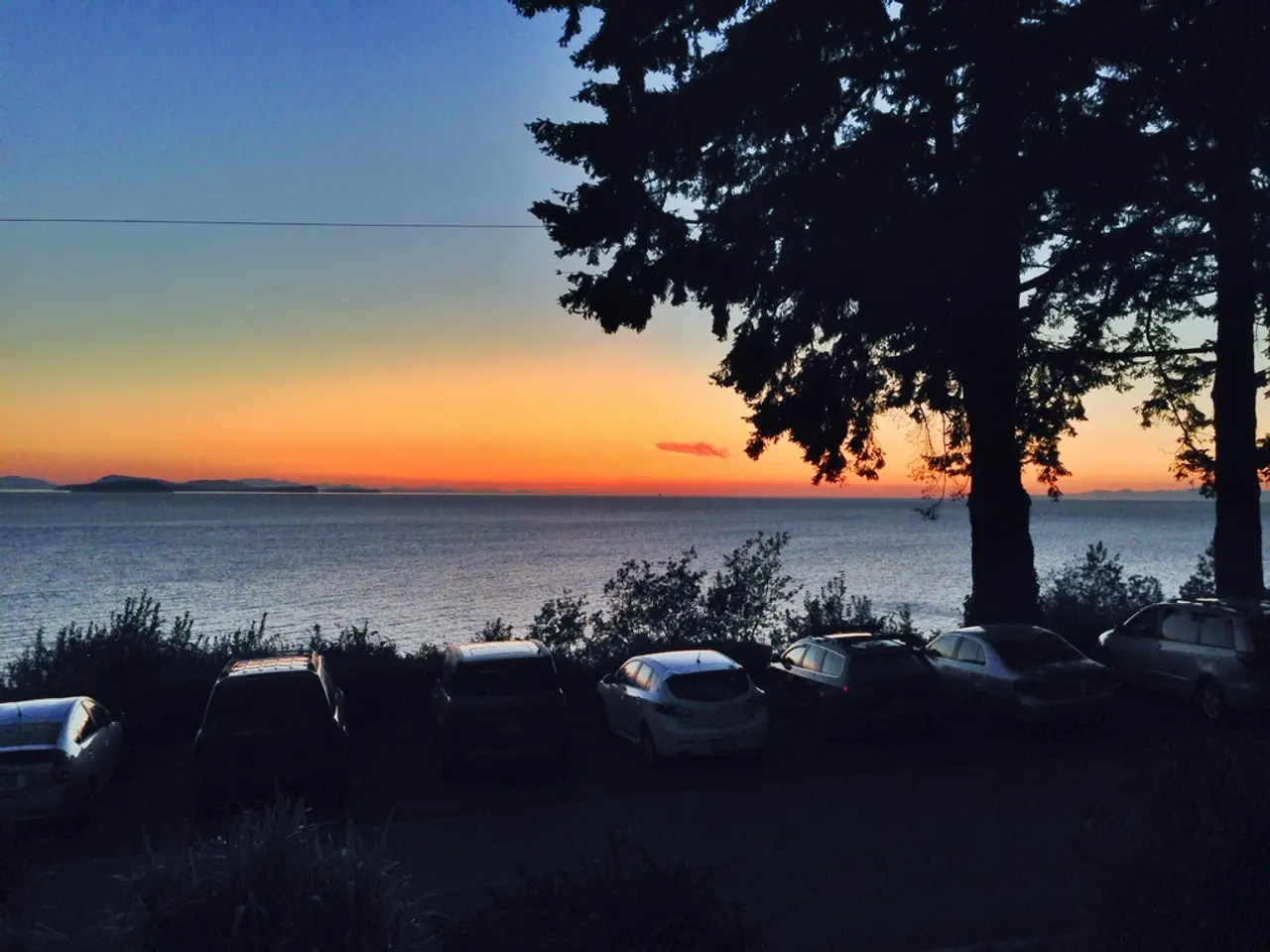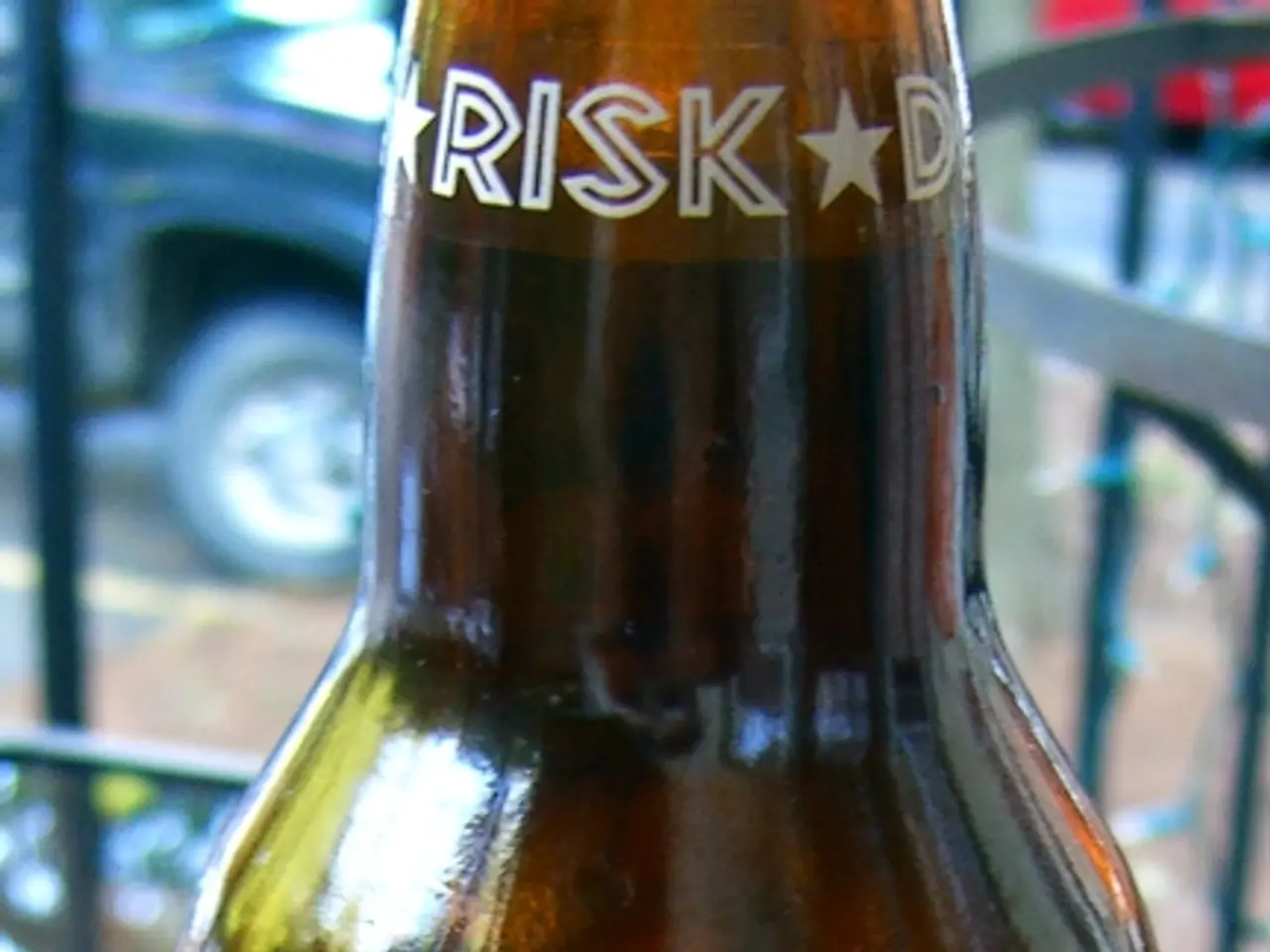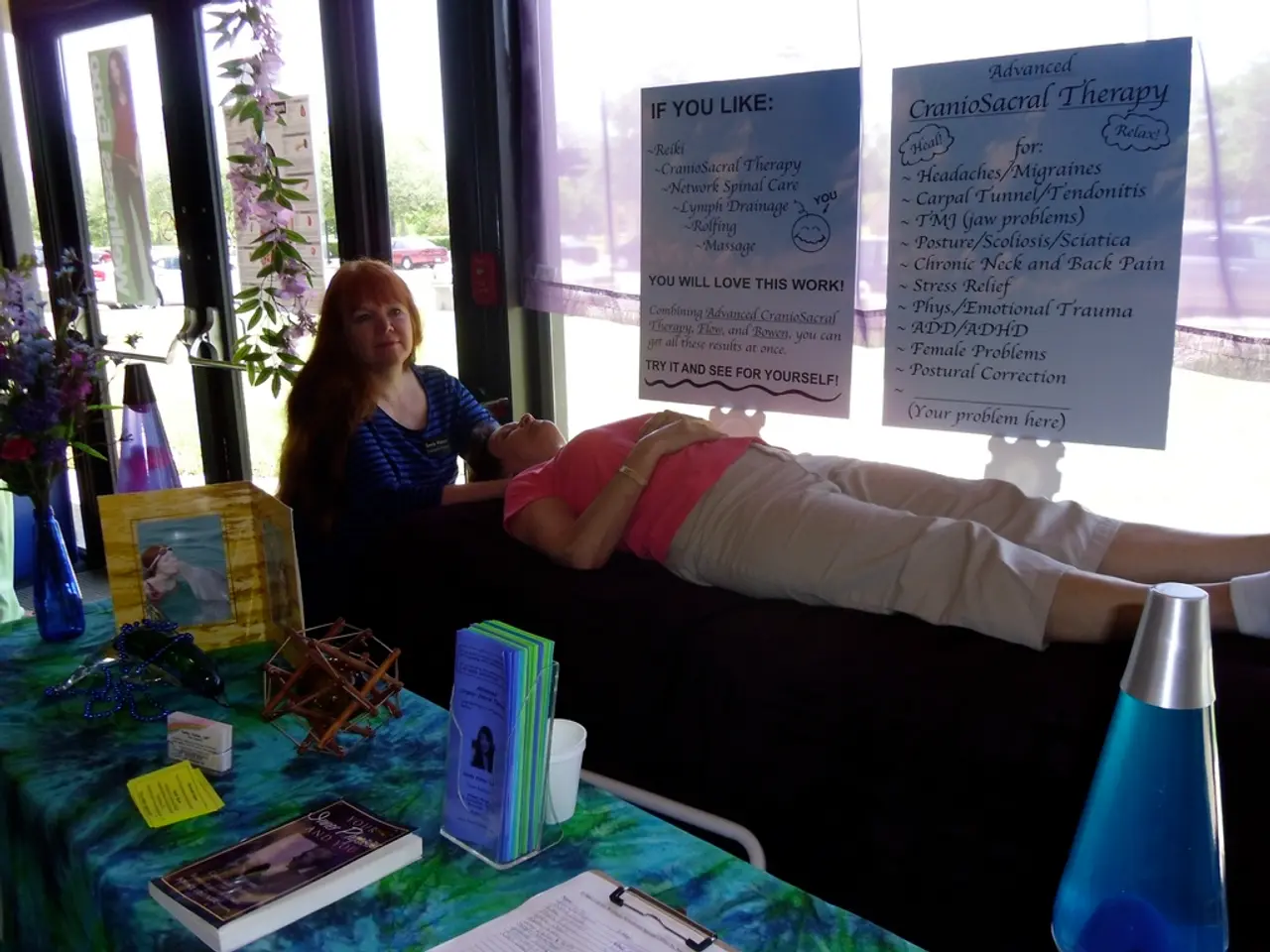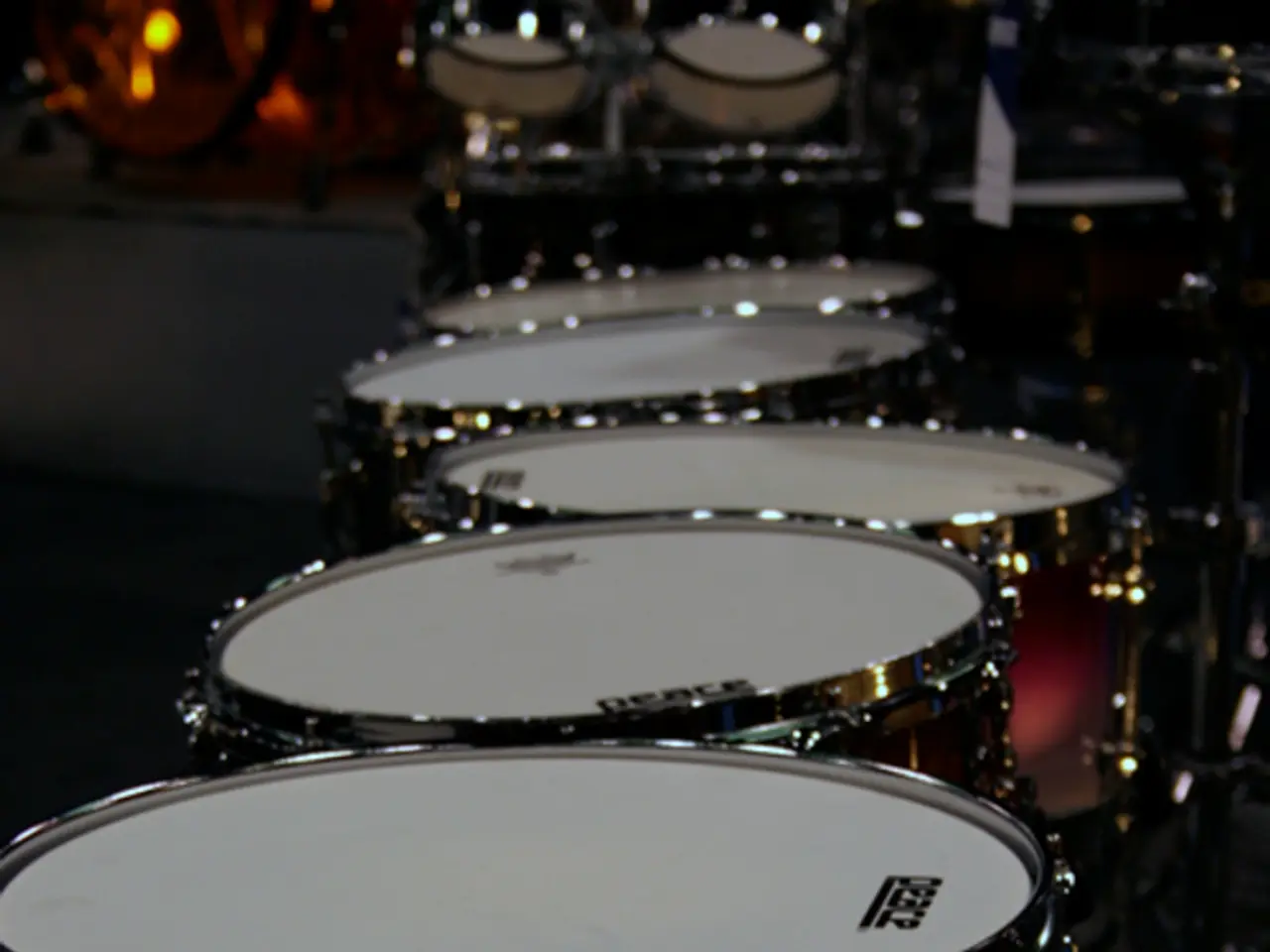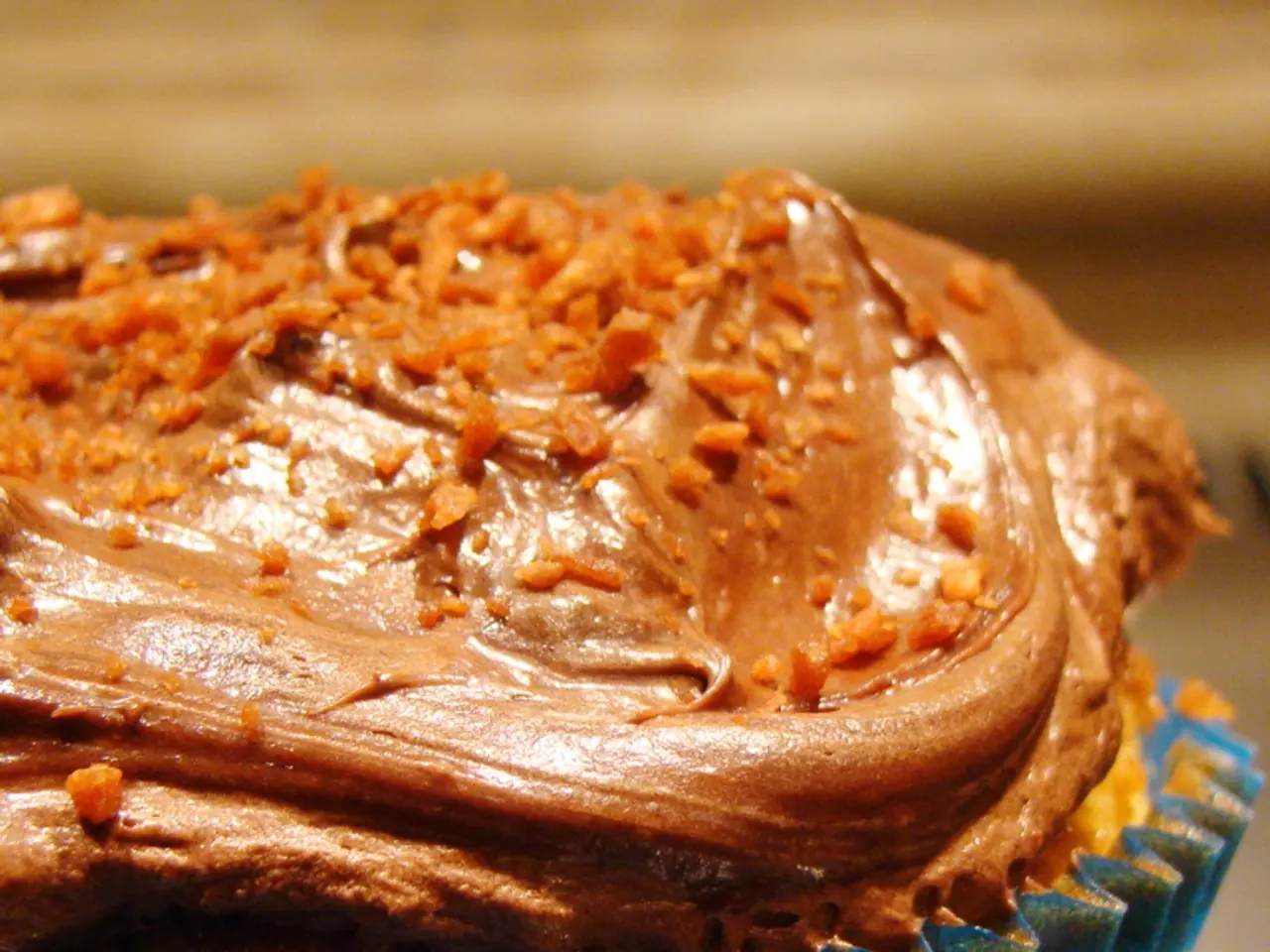On this given Thursday (17), Minas Gerais city faces the driest spell among all Brazilian cities, due to its arid climate.
In the heart of Minas Gerais, Brazil, the city of Sete Lagoas recently experienced an unusually low humidity index, reaching levels similar to the lower end of the Sahara Desert. According to the National Meteorological Institute (Inmet), the humidity index in Sete Lagoas on July 17th was 14%, making it the lowest in the country.
This extreme dryness can have several potential health effects. Skin and eyes may become irritated due to the lack of moisture in the air, leading to dry, itchy skin, irritated eyes, and chapped lips. Dry air can also exacerbate respiratory conditions like asthma and sinusitis, as it impairs mucosal defenses and makes individuals more susceptible to infections such as pharyngitis and sinusitis.
Moreover, low humidity can hinder mucociliary clearance in the respiratory tract, increasing the risk of respiratory infections. The dryness can lead to discomfort, especially in the eyes, nose, and throat, causing throat irritation and nasal congestion.
To combat these effects, experts recommend several precautions. Firstly, maintaining adequate hydration is crucial. Drinking plenty of water is essential, especially for individuals with respiratory issues. Secondly, humidifiers can be used to maintain a healthy indoor humidity level, typically between 30% and 60%, to alleviate dryness and prevent respiratory issues.
Regularly applying moisturizers to prevent dry skin and chapped lips is also advisable. In addition, protective measures such as masks and goggles can shield against dry air, particularly for those with pre-existing conditions that could be exacerbated by low humidity.
It is also essential to monitor health regularly, especially for individuals with pre-existing conditions. Outdoor physical activities and direct exposure to the sun between 10 am and 5 pm should be avoided due to the increased risk of sunburn and heat exhaustion.
Three other cities - São Félix do Xingu (PA), Oeiras (PI), and Marianópolis do Tocantins (TO) - also recorded low humidity indices on the same day, with values of 15%, 16%, and 17% respectively at Inmet meteorological stations.
The World Health Organization (WHO) considers levels below 60% as inadequate for human health. In areas with extremely low relative humidity, such as Sete Lagoas, additional precautions are necessary to mitigate these risks.
By taking these precautions, individuals can better manage the effects of extremely low humidity environments. It is advisable to drink plenty of water throughout the day and seek medical advice if respiratory symptoms occur. Warm water baths are preferred to avoid skin dryness, and if necessary, use body moisturizer. Sleeping in well-ventilated environments is recommended, and if possible, use humidifiers or place a basin of water in the room.
As we navigate these unique weather conditions, it is essential to prioritise our health and wellbeing. By staying informed, taking necessary precautions, and seeking medical advice when needed, we can ensure a safe and comfortable environment for all.
- Despite the city of Sete Lagoas, Brazil, experiencing unusually low humidity levels similar to the Sahara Desert, maintenance of health and wellness can be achieved through several methods.
- Considering the potential health effects of environmental-science phenomena like low humidity, it is essential to follow expert recommendations, including staying hydrated, using humidifiers, regularly applying moisturizers, and avoiding outdoor activities during peak sun hours.
